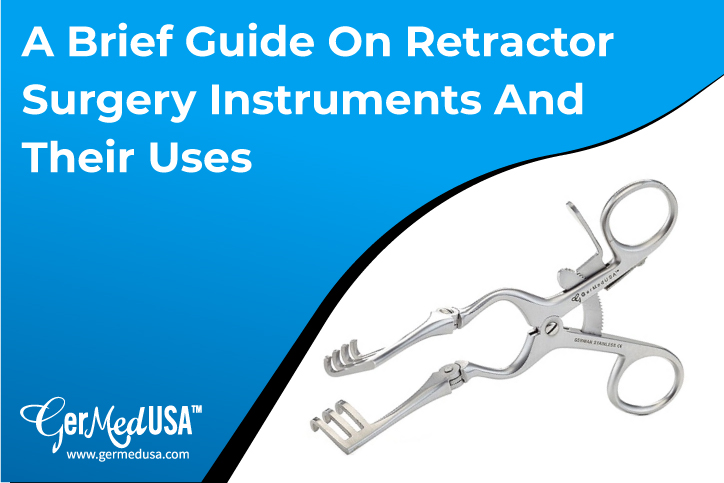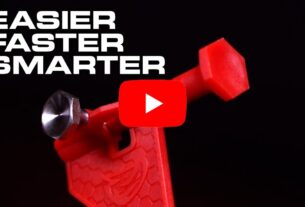When it comes to surgical procedures, precision is key. Surgeons need to have the right tools at their disposal to ensure that they can perform their tasks with accuracy and ease. One such tool that every surgeon needs in their arsenal is the retractor tool.
A retractor tool is a surgical instrument designed to hold back tissue, allowing surgeons to get better access to the area they are operating on. It’s a simple yet essential tool that can make all the difference when performing a procedure. In this article, we’ll take an in-depth look at the retractor tool and how it’s used in surgical procedures.
What Is a Retractor Tool?
A retractor tool is a handheld device that is used to hold back tissue during surgeries. It allows surgeons to see and access the area they are operating on more easily by holding tissues out of the way. Retractors come in different shapes and sizes depending on the type of surgery being performed.
The most common types of retractors include:
1. Handheld Retractors – These retractors are held by hand and come in various shapes and sizes, depending on the area being operated on. They are easy to use and provide excellent visibility.
2. Self-Retaining Retractors – These retractors are designed to hold themselves in place once they’ve been inserted into the incision site. They’re ideal for longer procedures where the surgeon needs both hands free.
3. Table-Mounted Retractors – These retractors attach directly to the operating table and provide support during long procedures. They allow for maximum visibility without requiring any additional effort from the surgeon.
How Is a Retractor Tool Used?
Retractor tools are used in a wide range of surgical procedures, including abdominal surgeries, heart surgeries, orthopedic surgeries, and more. Depending on the procedure being performed, the surgeon may use one or more retractors to hold back tissue and provide better visibility.
During a procedure, the surgeon will insert the retractor into the incision site and gently pull back the tissue. This allows them to see the area they are operating on more clearly and maneuver their instruments with ease. Once the procedure is complete, the retractor is removed, and the tissue is allowed to return to its original position.
Why Are Retractor Tools So Important?
Retractor tools are essential for any surgical procedure that requires precise movements and excellent visibility. Without a retractor, surgeons would have to rely on their hands to hold back tissue, which can be difficult and time-consuming. By using a retractor tool, surgeons can save time and reduce the risk of complications during a surgical procedure.
Retractors also help to minimize trauma to surrounding tissues during surgery. By holding back tissue gently, surgeons can reduce the amount of damage done to healthy tissue in the area being operated on. This helps to speed up recovery times and reduce post-operative pain and discomfort.
Tips for Using Retractor Tools
Using a retractor tool may seem simple, but there are some tips and tricks that every surgeon should know to ensure they’re using it correctly:
1. Choose the Right Size – It’s essential to choose a retractor that is the right size for the area being operated on. A retractor that is too small may not provide enough visibility, while one that is too large may cause unnecessary trauma.
2. Use Gentle Pressure – When using a retractor, it’s crucial to apply gentle pressure to avoid causing damage to surrounding tissues.
3. Avoid Over-Exposure – Over-exposing tissues can cause dryness and lead to complications during healing.
4. Keep Your Hands Steady – It’s important to keep your hands steady when using a retractor tool to avoid slipping or injuring nearby structures.
Conclusion
Retractor tools are essential for any surgical procedure. They provide better visibility, reduce trauma to surrounding tissues, and make procedures more efficient. By following these tips and using retractors correctly, surgeons can ensure that their procedures are successful and that their patients recover quickly.
References:
https://www.sciencedirect.com/topics/medicine-and-dentistry/surgical-retractor
https://en.wikipedia.org/wiki/Surgical_retractor




